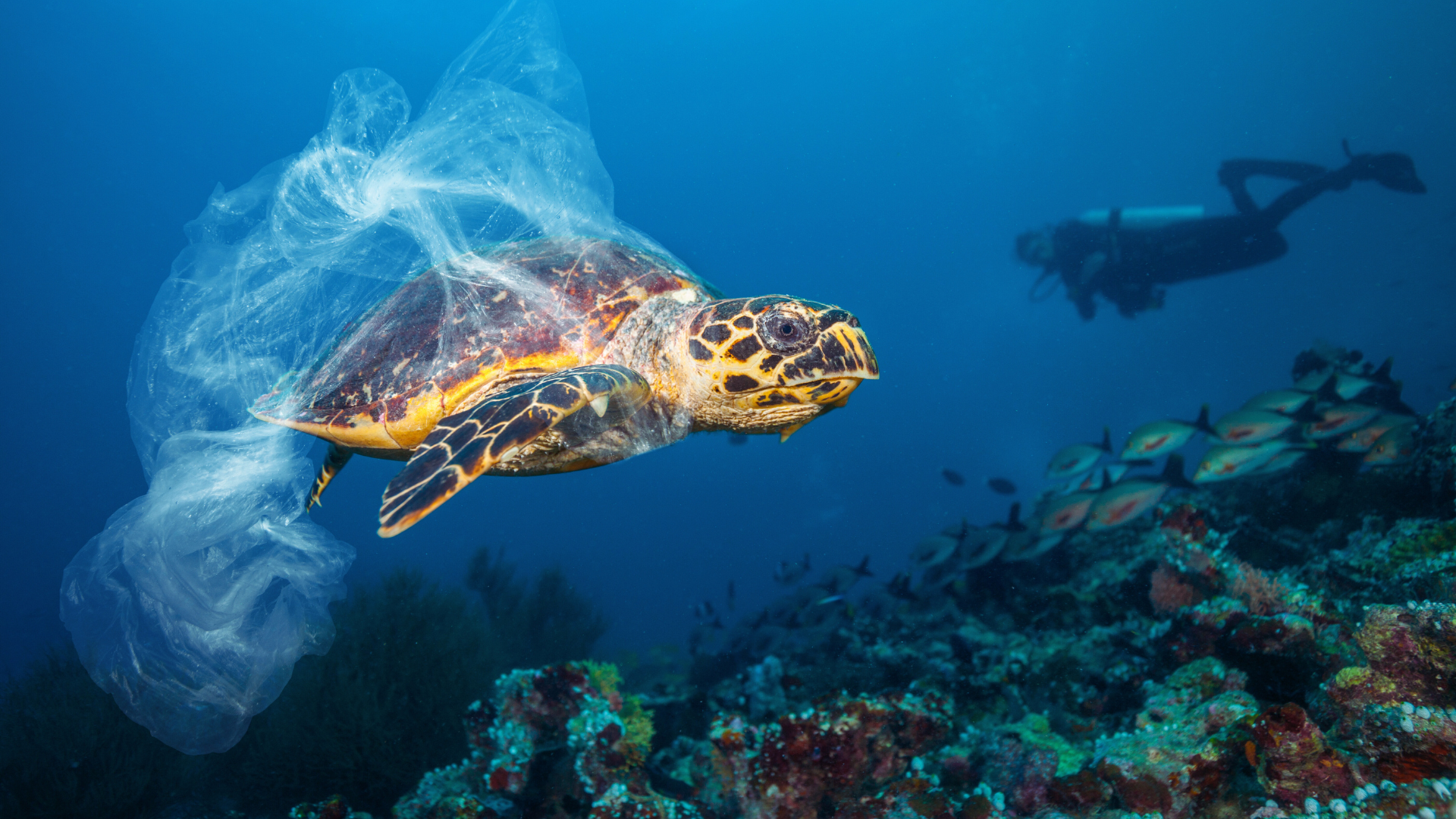
Plastic pollution poses a significant threat to marine life across the globe. Marine species often ingest plastic particles or become entangled in debris, leading to injury, starvation, and death. The presence of microplastics in the oceans has been linked to toxic chemical exposure, further jeopardising the health of aquatic ecosystems.
As plastic waste proliferates, the impacts extend beyond individual species to entire marine habitats. Coral reefs, essential for biodiversity, suffer from the smothering effects of plastic, hindering their growth and resilience. The degradation of these ecosystems disrupts the delicate balance of marine food webs, affecting countless organisms, including those that humans rely on for food.
Awareness of the consequences of plastic pollution is crucial in addressing this urgent issue. Understanding how it harms marine life can motivate collective action towards better waste management and environmental protection. Each small effort contributes to the larger goal of safeguarding our oceans for future generations.
The Scale and Sources of Plastic Pollution
Plastic pollution in marine environments originates from various sources and is primarily driven by single-use products. The sheer volume of plastic waste entering oceans poses a significant threat to marine ecosystems, with numerous consequences for marine life.
Single-Use Plastic and Marine Debris
Single-use plastics account for a substantial portion of marine debris. Items such as straws, cutlery, and plastic bags are designed to be used once before disposal. According to recent studies, approximately 50% of the plastic produced globally is single-use.
These items often end up in oceans due to improper waste disposal and can take hundreds of years to decompose. As they break down into smaller particles known as microplastics, they become ingested by marine organisms, leading to harmful effects on their health and behaviour. Effective strategies to reduce single-use plastic consumption can mitigate this issue significantly.
From Land to Sea: Plastic Waste Management
Plastic waste management directly influences the amount of plastic entering marine environments. Ineffective land-based waste management systems lead to plastic escaping into waterways and, eventually, the ocean.
Many regions lack proper facilities for disposal and recycling. This results in plastic waste accumulating in landfills or being improperly discarded. As storms and floods occur, plastics can be washed into oceans, compounding the existing problem.
Implementing comprehensive recycling programmes and improving waste management infrastructure are crucial steps towards reducing plastic pollution in marine ecosystems. This requires collaboration between governments, industries, and communities to create systemic change.
Impact of Plastic Pollution on Marine Life
Plastic pollution significantly affects marine life through entanglement, ingestion, and the introduction of harmful chemicals into the ecosystem. Many species suffer due to the presence of plastic debris and microplastics in their habitats, which disrupts natural behaviours and food chains.
Entanglement and Ingestion by Marine Animals
Marine animals often become entangled in plastic waste, such as fishing nets and lines. This can lead to injury, impaired movement, or even death. Animals like sea turtles, seals, and various fish species are particularly vulnerable to entanglement.
Ingesting plastic is another critical issue. Marine animals mistake plastic debris for food, leading to internal injuries, starvation, and digestive issues. Species such as seabirds, fish, and marine mammals frequently consume items like microbeads and plastic bags. This behaviour not only harms individual animals but can also reduce populations.
Microplastics: From Beaches to the Food Chain
Microplastics are fragments of plastic less than 5mm in size and are prevalent in marine environments. These tiny particles originate from larger plastic items that degrade over time or are released directly from products like cosmetics.
Once in the ocean, microplastics are consumed by small marine organisms, such as plankton. This can have detrimental effects on the entire food chain, as larger predators ingest these contaminated hosts. The presence of microplastics in marine life raises concerns about the potential for chemical toxicity to humans when consuming seafood.
Toxic Chemicals and Marine Organisms
Plastic items often contain toxic additives that leach into the surrounding environment. Chemicals such as phthalates, bisphenol A (BPA), and heavy metals can assimilate into marine organisms through direct contact or ingestion.
As these toxic substances accumulate in the bodies of marine animals, they pose serious health risks, including reproductive and developmental issues. Additionally, when predators consume contaminated prey, these toxins can bioaccumulate, impacting larger species and ultimately affecting human health through seafood consumption.
Conservation Efforts and Pollution Reduction
Addressing plastic pollution through conservation efforts is essential to protect marine life. Various initiatives focus on recycling and waste reduction, alongside marine cleanup operations aimed at reducing ocean pollutants.
Recycling and Waste Reduction Initiatives
Recycling initiatives play a crucial role in tackling plastic pollution. Governments and organisations promote recycling programmes to encourage individuals to sort and recycle plastic waste. Increased public awareness campaigns highlight the importance of using recyclable materials, reducing single-use plastics, and choosing biodegradable alternatives.
Moreover, companies are adopting sustainable packaging methods. For example, brands are replacing plastic with compostable materials. Some countries have implemented strict regulations on plastic production, pushing industries to innovate and minimise waste. Effective waste management systems help decrease the volume of plastic entering marine environments, contributing significantly to pollution reduction.
Marine Cleanup Operations and Impact
Marine cleanup operations target plastic waste accumulation in oceans and waterways. Non-profit organisations and volunteer groups conduct beach cleanups to remove debris and raise awareness about ocean pollution. Such efforts not only remove pollutants but also foster community involvement.
Innovative technologies, like floating barriers, collect plastics before they reach open waters. Data collected from these operations provide insights into pollution hotspots and help shape future conservation strategies. By collaborating with local communities, these cleanups have proven effective in preserving wildlife habitats and encouraging sustainable practices.
